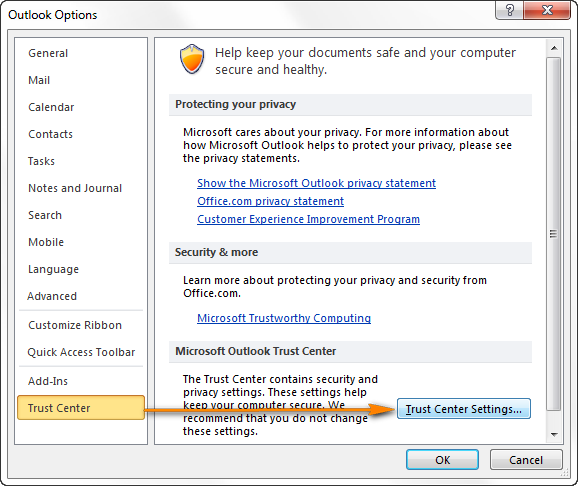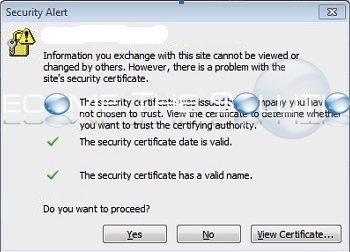
- #Otulook 2016 for mac certtificate error software license
- #Otulook 2016 for mac certtificate error full
- #Otulook 2016 for mac certtificate error plus
The newer Ribbon is smaller than it was in Outlook 2013, the title bar now is blue rather than the previous white, and the text for the Ribbon tabs (File, Home, Send/Receive, and so on) is a mix of upper- and lowercase rather than all caps.

The Ribbon in Outlook 2016 has a flattened look that's cleaner and less cluttered than in Outlook 20. If you need a refresher, see our Outlook 2010 cheat sheet. Because the Ribbon has been included in Office suite applications since Office 2007, we assume you're familiar with how it works. The Ribbon interface in Outlook 2016 hasn’t changed much compared to earlier versions. Share this story: IT folks, we hope you'll pass this guide on to your users to help them learn to get the most from Outlook 20. If you’re using Outlook 2016, some screens may look slightly different. Note that the screenshots shown in this article were taken in Outlook 2019. Near the end are tips for Outlook 2019 only, and then we wrap up with handy keyboard shortcuts for both versions. Most of the tips in this article apply to both Outlook 2016 and Outlook 2019 for Windows. See our separate Outlook for Microsoft 365 cheat sheet to learn about all its latest features.
#Otulook 2016 for mac certtificate error plus
In Microsoft 365/Office 365, Outlook has all those features, plus several more. This cheat sheet gets you up to speed on the features that were introduced in Outlook 2016 and Outlook 2019, the perpetual-license versions of Outlook included with Office 2016 and Office 2019, respectively. (For more details, see “ What are the differences between Microsoft Office 2019 and Office 365?”) When you purchase a perpetual version of the suite - say, Office 2016 or Office 2019 - its applications will never get new features, whereas apps in an Office 365/Microsoft 365 subscription are continually updated with new features.
#Otulook 2016 for mac certtificate error software license
Microsoft sells its Office suite of productivity apps under two models: Individuals and businesses can pay for the software license up front and own it forever (what the company calls the “perpetual” version of the suite), or they can purchase an Office 365 or Microsoft 365 subscription, which means they have access to the software for only as long as they keep paying the subscription fee. And for countless users, email means Microsoft Outlook. Outlook 2013 initially had an issue with this scenario for on-premises mailboxes which was corrected in one the first Outlook 2013 updates.The pundits would have you believe that email is being supplanted by texting, social media, chat apps like Slack, and direct communications software such as Skype and Google Hangouts Meet.Įmail is still big, the mainstay of workplace communications. In addition the Outlook Autodiscover process can be tuned, to remove the root domain lookup.

In production, DCs really should not have additional components installed. The binding was then updated to remote the TCP 443 listener on the DC as in this case it was no longer required. However in this case, there just so happened to be a SSL binding on that server with an expired certificate. Normally there are no SSL listeners/bindings on DCs. Tailspintoys.ca resolves internally to the DCs IP.
#Otulook 2016 for mac certtificate error full
For a full example of the Office 365 autodiscover process see this article. Part of this is the lookup to domain root, in this case Tailspintoys.ca. Outlook then goes off and does the DNS chase down to find the Office 365 Autodiscover URL. Whilst the Outlook client will initially do the SCP lookup, on-premises Exchange cannot answer for Office 365 mailboxes. the TargetAddress has been set on the user object, and it is this which keys Exchange on-premises to redirect the Outlook client to Office 365. This mailbox had been moved to Office 365. Since this is a domain joined machine, the user is located in the same domain, and the machine is on the corporate network why was it looking at the root domain?Īfter enabling Outlook Diagnostic logging and restarting Outlook 2010, the %TEMP%OLDISC.log showed the following entry for the client trying to get to the domain root:ħ692 0x886F6FC4 02/09/15 14:56:28 Autodiscover to startingħ692 0x886F6FC4 02/09/15 14:56:28 AutoDiscover doing Pre-Auth with saved data.ħ692 0x886F6FC4 02/09/15 14:56:28 AutoDiscover PRE-AUTH pcreds->dwAuthScheme:ħ692 0x886F6FF3 02/09/15 14:56:28 GetLastError=12175 httpStatus=0.Īutodiscover is clearly trying to hit the root of the domain to get Autodiscover information, but why? All of the certificates on Exchange match the configured URLs. More on that later…Īll of the Exchange URLs are correctly configured. Looking at the error message, the fact that it is the domain (tailspintoys.ca), and not a FQDN is a hint. This is the Tailspintoys.ca was complaining about the below certificate error: 5000, was throwing up unexpected certificate errors for the domain. Ran into an issue where this Outlook 2010 SP2 client, build.


 0 kommentar(er)
0 kommentar(er)
